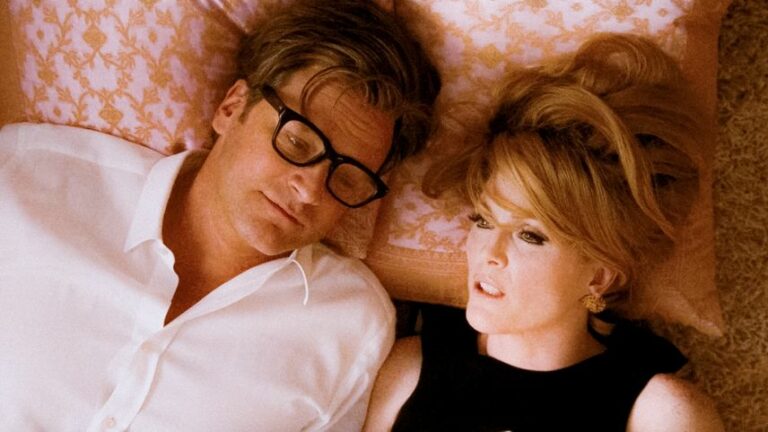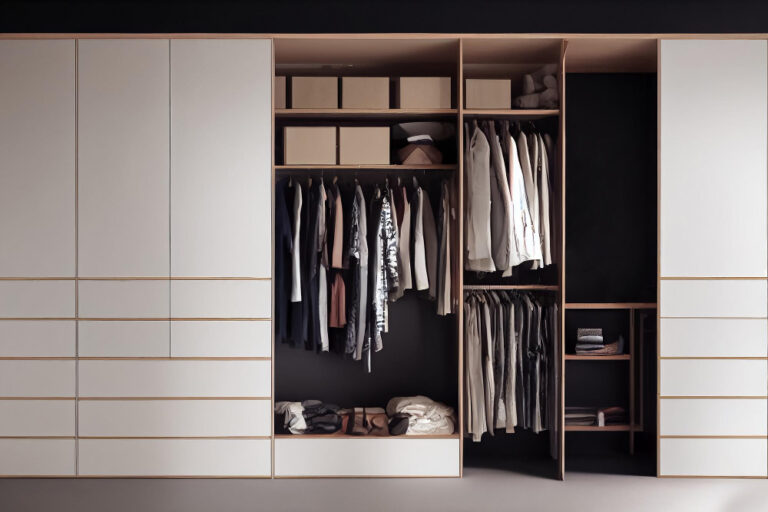Secondhand shopping has become an increasingly popular choice for the fashion-conscious and eco-minded alike. The allure of scoring unique pieces, the thrill of the hunt, and the ethical advantages of reducing waste have all contributed to its rise. In a world where fast fashion dominates, secondhand style offers a refreshing alternative, providing the opportunity to craft a wardrobe that is both individual and sustainable.
But what does this mean for our personal style? How can integrating vintage and pre-loved items change the way we dress and feel? If you’re curious about how to weave secondhand treasures into your sartorial selection, this blog post is for you. Read on to discover how secondhand can elevate your style game in six distinct ways.
1. Discovering Timeless Treasures
The allure of vintage fashion is undeniable and for a good reason. Secondhand stores and markets are treasure troves of timeless pieces that transcend seasonal trends. When you shop at thrift and vintage outlets, you’re not just purchasing clothing; you’re investing in a piece of history. Vintage items often boast exceptional craftsmanship, unique detailing, and a level of quality that’s hard to come by in contemporary mass-produced clothing.
Incorporating these timeless treasures into your wardrobe instantly injects character and story into your outfits. Whether it’s stylish secondhand Vanity bags, a silk scarf from the ’50s, a wool overcoat from the ’70s, or a little black dress that epitomizes the elegance of the ’20s, each piece has a narrative that can become part of your personal fashion story. As these items are not readily available in stores, you can be sure that your style is one-of-a-kind.
2. Cultivating Individuality
There’s nothing quite like the feeling of donning a piece that’s truly one-of-a-kind. Secondhand shopping allows you to find items that are unique, meaning you’re less likely to bump into someone wearing the same thing. This individuality is invaluable in a world where so much clothing is mass-produced and widely available.
From bold, graphic t-shirts to intricately beaded blouses, each unique find can serve as the focal point of an outfit, ensuring it’s unmistakably yours. By layering in these distinctive elements, you can cultivate a look that speaks to your personality and sets you apart.
3. Crafting a Sustainable Wardrobe
The fashion industry is one of the world’s largest polluters, and as consumers, our buying habits can make a significant impact. Secondhand shopping is a form of fashion activism, allowing us to vote with our wallets for a more sustainable industry. By giving clothes a second life, we can reduce the demand for new items and, in turn, lower our carbon footprint.
Crafting a wardrobe that’s grounded in sustainability isn’t just about being environmentally friendly—it’s a statement about the kind of world we want to live in. Secondhand items can be considered the building blocks of a sustainable closet, where each piece has been carefully curated. Not only will you feel good about the positive environmental effect your style choices have, but you’ll also contribute to a cultural shift towards mindful consumption.
4. Adhering to an Eco-Chic Lifestyle
Buying secondhand doesn’t mean sacrificing style. In fact, it can lead to a more innovative and creative approach to dressing. The challenge of incorporating pre-loved items into your look encourages experimentation and can lead to unexpected combinations that are undeniably chic.
Pair a vintage leather jacket with a modern midi skirt, or wear a secondhand floral blouse tucked into tailored high-waisted trousers. By mixing and matching across eras, you can create a look that’s fashion-forward and environmentally conscious. This eco-chic lifestyle reflects a deeper understanding of style as self-expression and sustainability as a virtue.
5. Stretching Your Budget
One of the most practical benefits of shopping secondhand is its cost-effectiveness. With a bit of savvy searching, you can often find designer and high-quality pieces at a fraction of their original price. This financial flexibility gives you the opportunity to diversify your wardrobe without breaking the bank.
In addition to scoring some great deals, the act of shopping on a budget can introduce a level of thoughtfulness and mindfulness to your purchases. You’ll be more inclined to choose pieces that truly resonate with you and that you can envision wearing in multiple ways, increasing the overall value of your fashion investment.
6. Navigating Personal Growth Through Style
Personal style is a dynamic expression of who we are and how we wish to be perceived. It evolves with us, influenced by our experiences, aspirations, and the changing zeitgeist. Secondhand shopping offers a reflective space to explore that transformation and to select pieces that resonate with and support your personal growth.
Whether you’re stepping into a new career, redefining your look post-pandemic, or simply curious to see a different version of yourself, secondhand pieces can play a pivotal role. The act of selecting clothing that feels like a true representation of your current self can be empowering, helping you to exude confidence and authenticity in all aspects of your life.
The integration of secondhand fashion into your style repertoire presents an array of benefits—from the tangible (economical and environmental) to the intangible (personal expression and growth). Each piece selected with care and conscience can become a vessel for our uniqueness, woven into the fabric of our everyday lives. It’s a choice that not only looks good but does good, making the secondhand selection an undeniable power player in the game of style.











